Advertisement
Art
Why Do We Care How Long It Takes Artists to Make Their Work?
In
’s paintings, quick brushstrokes swish into invented figures set against moody, abstract backgrounds. In Invincible(2018), for example, a shirtless boy—a fictional character, like all of Yiadom-Boakye’s subjects—sits in profile atop a red-and-black ledge. He writes on a white piece of paper with one hand, gripping his seat with the other. His upper body appears against a shadowy brown backdrop that’s lighter around the top of his head. The nubby canvas is visible beneath the paint, suggesting that the artist applied thin, brisk brushstrokes. The work is patchy but immediate; its sacrifice of a more worked-over surface allows for a vulnerable, naked appearance.
Indeed, Yiadom-Boakye frequently completes her canvases in a single day. According to Tamsen Greene, senior director at Jack Shainman Gallery, that’s partially a function of her “wet-on-wet” process: The artist applies oil paint to a canvas so quickly that no single layer of pigment can dry before the composition is complete. (This is changing, however; in her latest body of work, on view this month at Jack Shainman’s Chelsea location, Yiadom-Boakye began experimenting with other types of canvas that absorb her paint at different rates.)
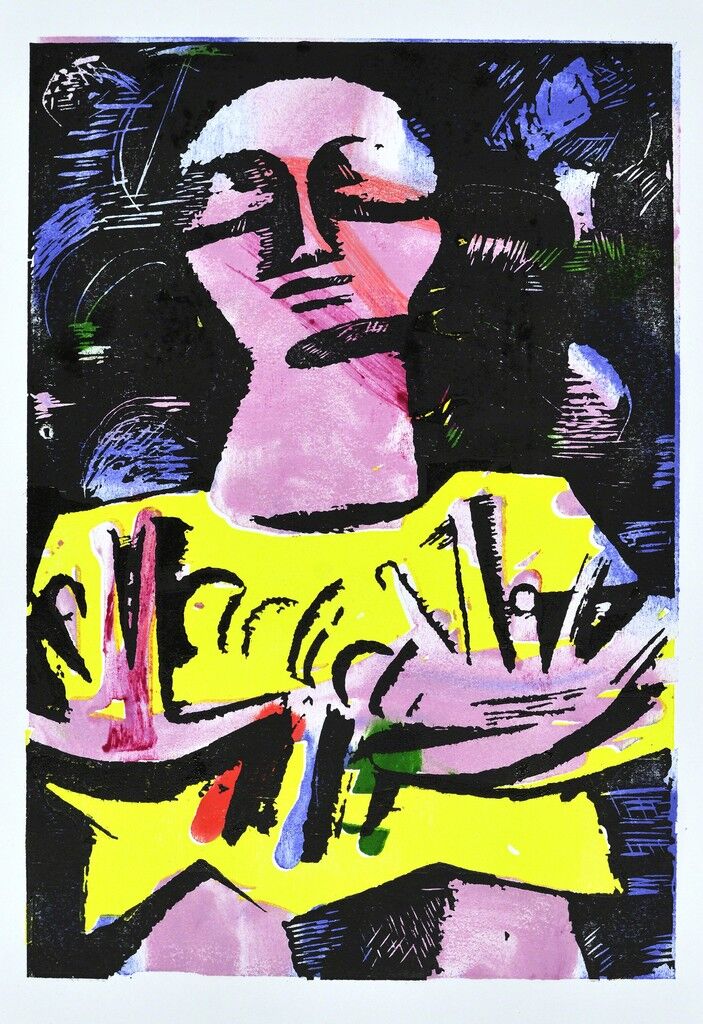
Dana Schutz
Sleepwalker, 2016
Free Arts NYC: Benefit Auction 2018
Greene mentioned that the artist’s speed has long fascinated collectors and the press. But that’s not the full story of her works—it can take multiple attempts for the artist to achieve her intentions for any one canvas. Instead of a single day, “you could say that a painting took three years to make, because [Yiadom-Boakye] made it over and over again, and discarded or changed it,” Greene said.
While Yiadom-Boakye’s all-in-one-sitting process has certainly contributed to her mystique, she’s hardly the only artist to complete works within 24 hours. Examining other instances of swift artmaking reveals more about our obsessions with time than anything else. We’re all racing against the clock to complete our own projects and live the lives we envision for ourselves. Artworks made in a single day can serve as symbols of such striving. Viewers’ preoccupations with how long it takes to make a painting—and their frequent skepticism at a brief process—also betrays how much we buy into the myth of artistic struggle: It’s easier to value intensive physical labor over conceptual rigor when an artist’s thought process can feel so intangible and impossible to grasp.
In truth, most cultural experiences deal with time. It might take you a week to read a novel. A play or film lasts around two hours. A song plays on the radio for about three minutes. It’s more difficult, however, to bracket the process of looking at a work of visual art. Unlike filmmakers or writers, painters and sculptors have little control over their audience’s attention spans. A sense of time isn’t embedded in their media, which offers visual artists a unique provocation or challenge.
In recent history, artists have complicated the experience of time in their works.
famously tried to wrangle a chronological dimension into his paintings with Nude Descending a Staircase (No. 2) (1912), in which he drew a mass of geometric, sepia-toned forms, layered to convey a woman’s downward movement. In the 1960s,
painted gridded canvases that resemble comic strips, urging viewers to “read” the works as sequences of events that can’t be absorbed in a single, all-over glance. Contemporary painter
attempts to render everyday motions, like a sneeze or a shower, on canvas. Her subjects eject streams from their noses or tangle limbs under a faucet to convey not a single moment, but an event.
Before the advent of modernism in the 20th century,
wrangled his feelings about rapidity and modern technology in Rain, Steam, and Speed — The Great Western Railway (1844), which partially abstracts a picture of a train rushing toward the viewer. The industrial revolution unfolding in Turner’s time emphasized labor and productivity in a way that still resonates with how we think about art: Capitalism continues to undergird our fixation with artistic productivity.

Yuji Agematsu, installation view of “Day by Day,” at The Power Station, 2018. Courtesy of The Power Station.
For artists who want to address ideas about time—both on and off the canvas—the one-artwork-per-day production schedule can be a fruitful basis for conceptual projects.
was the master of this disciplined approach. Each of the paintings in his “Today Series” (1966–2014) commemorates a single day and features a monochromatic background with, in a contrasting color, the date on which it was made. The style of the date (month, date, year) is organized according to Kawara’s physical location at the time of making: The language and format changes to reflect the artist’s international travels; his canvases made in Europe often feature the day before the month.
Kawara was so devoted to his stringent process that if he didn’t complete an artwork by the end of the day, he’d destroy it. Altogether, his series reflects almost 50 years of artmaking, a kind of autobiography wrought in precise brushstrokes. Kawara’s death in 2014 marked the end of the series, but looking back now, the repetitive project seems like a ritual that attempted—and failed—to stave off mortality.
has undertaken a similar project with his miniature sculptures. Each day, the Brooklyn-based artist gathers trash, carefully depositing his findings into half of a cellophane wrapper from a cigarette carton. The intricate arrangements are both gritty and beautiful. Chewed gum, strands of hair, Q-tips, half-eaten lollipops, stones, price stickers, and more detritus stack into tiny assemblages. Agematsu often presents the works spaced out evenly on thin shelves set within glass vitrines. The rows and columns become a calendar of sorts; the containers from each day of scavenging are the same size, but their contents significantly diverge. While one work might be bright, busy, and filled to the brim,another could be whisperingly empty; every 24-hour period brings fresh—and foul—surprises.
For painter
, who considers time to be her subject matter, a strict framework for completing her artworks is thematically apt. In a single day, she finishes canvases that depict finely rendered clock faces, distressed architectural exteriors, tree trunks marked with plastic ribbons to signal their imminent destruction, and more. Her paintings cryptically suggest that both man and nature are wearing down the objects that she depicts.
That’s not to say that Halvorson, like Yiadom-Boakye, conceives of her artworks in just a day. In the catalogue accompanying a 2015 exhibition of Halvorson’s work, filmmaker Wesley Miller discusses the artist’s unique planning and “editing” processes. He relays a story Halvorson told him about “stalking” a mural of a clock that she’d wanted to paint for weeks. On the appointed day, she piled her materials into a van, drove to the site, set up her easel and a shaded canopy, and painted for about eight-and-a-half hours straight. But Halvorson wasn’t happy with the result. She decided to return to the site to try again, implying that she was going to burn the first canvas, like the rest of the works she chooses to “edit” out of her oeuvre. All in all, it took her months to finish the painting.
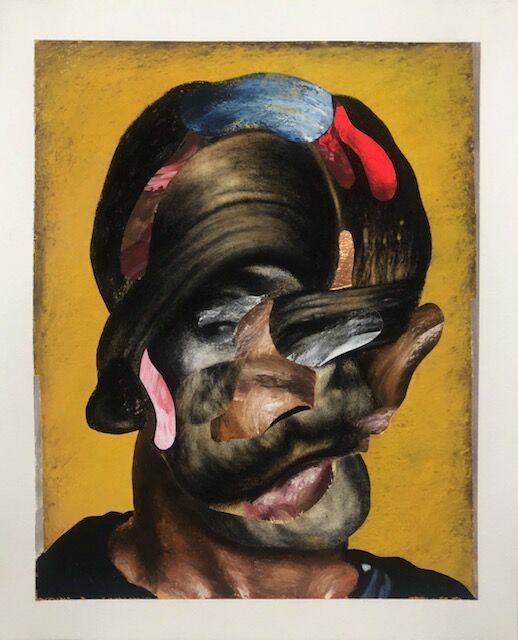
Nathaniel Mary Quinn, The Arrival, 2018. Courtesy of the artist.
There’s certainly something exhilarating and dramatic about such time constraints. Artist
occasionally completes a painting in about 8 to 10 consecutive hours. He enjoys working with such immediacy, fluidity, and focus. “Your sense of confidence, enthusiasm, energy, belief in your talent, and innate abilities must be extraordinarily high or at their collective peak,” he recently wrote Artsy. “You must also have a deep sense of comfort with your fears, insecurities, and inadequacies. You completely submit to the materials. You’re not really thinking anymore, you’re just being.”
Alina Cohen is a Staff Writer at Artsy.


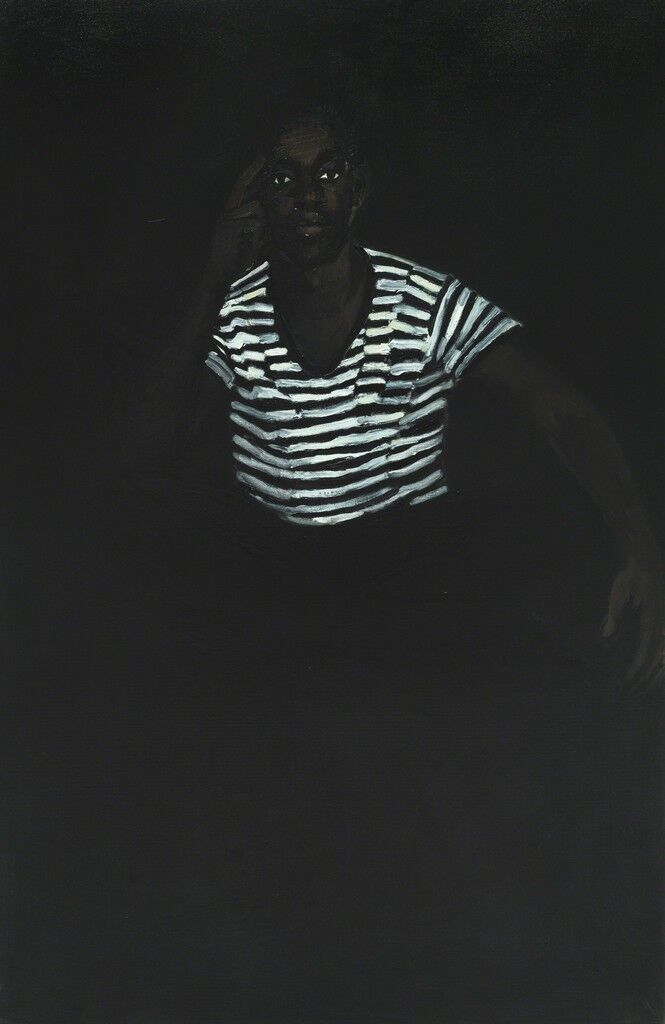

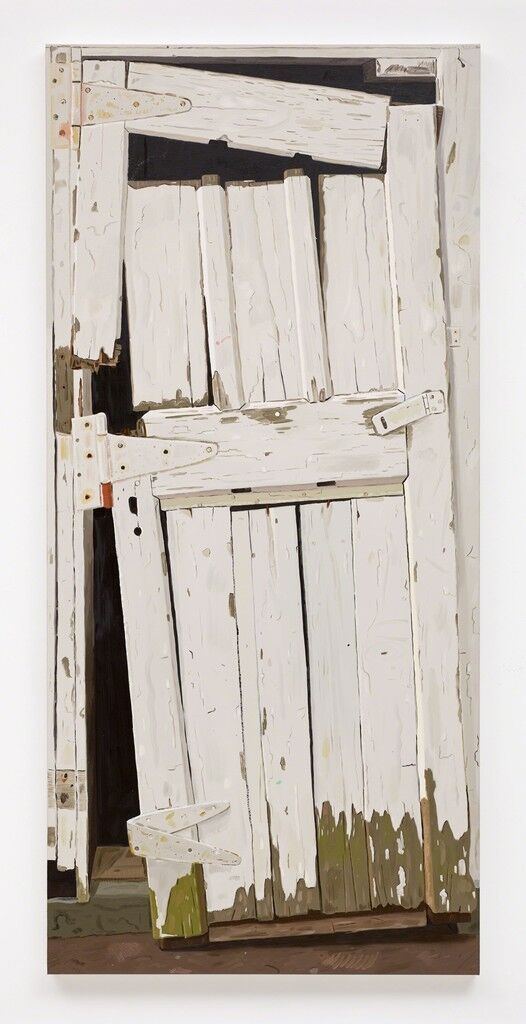
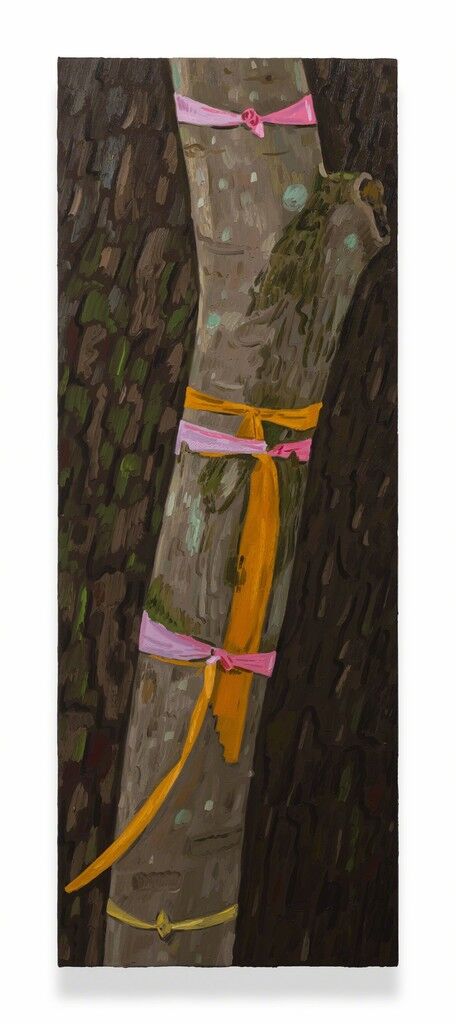
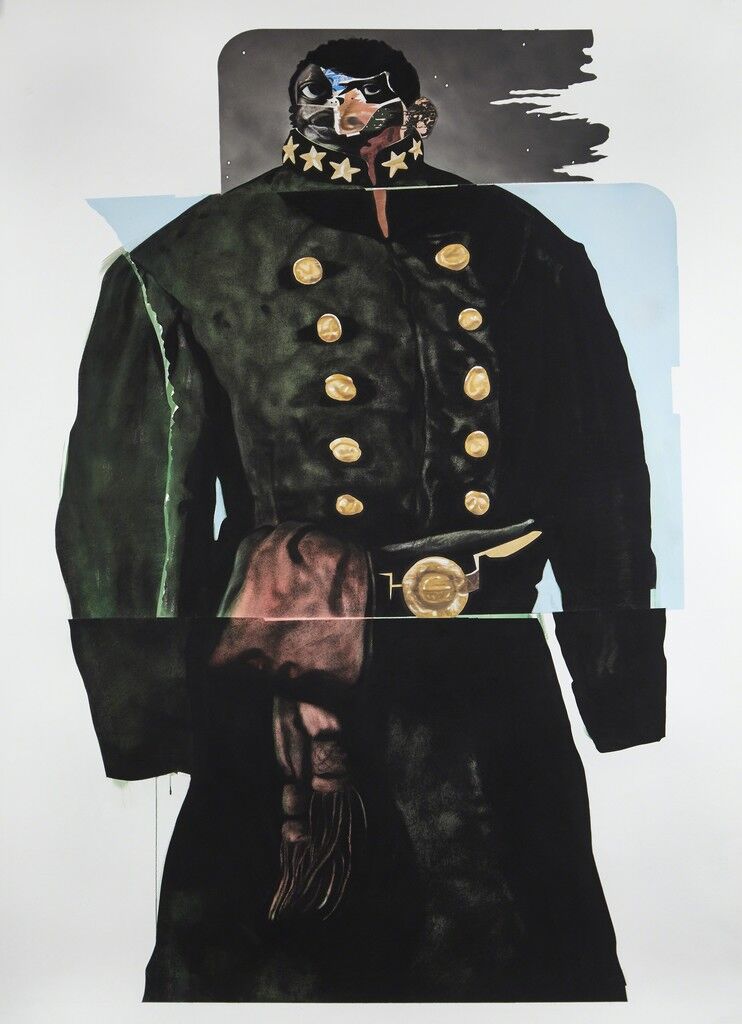

No comments:
Post a Comment